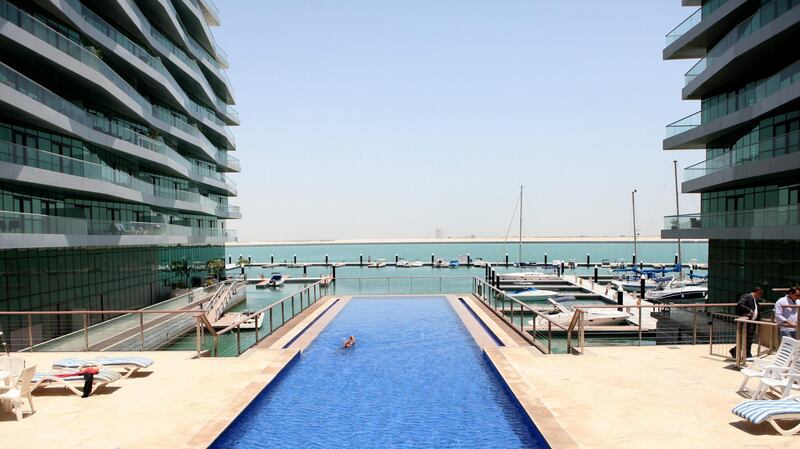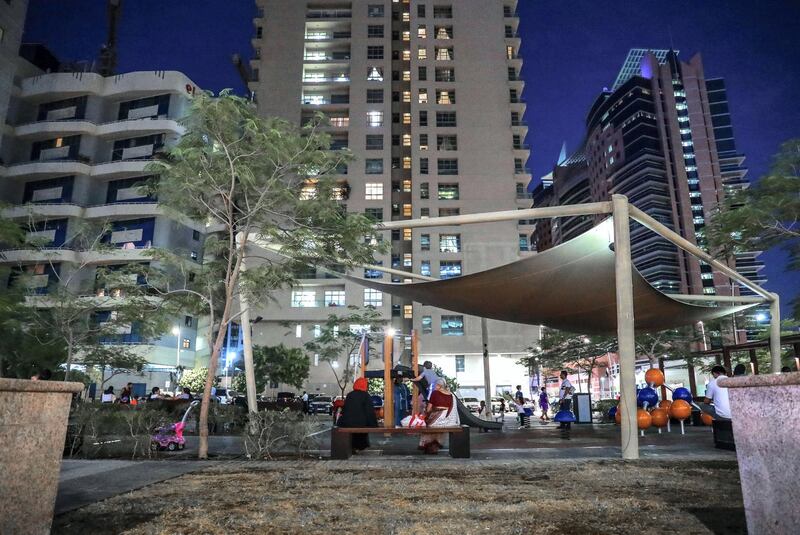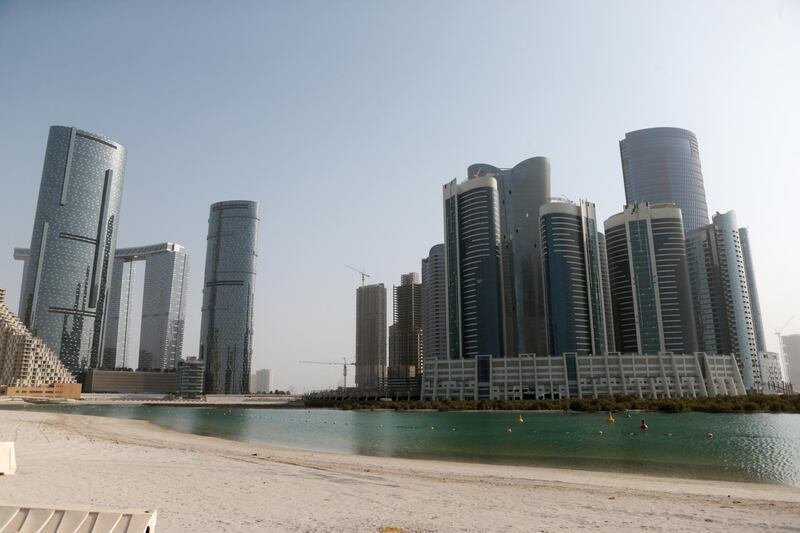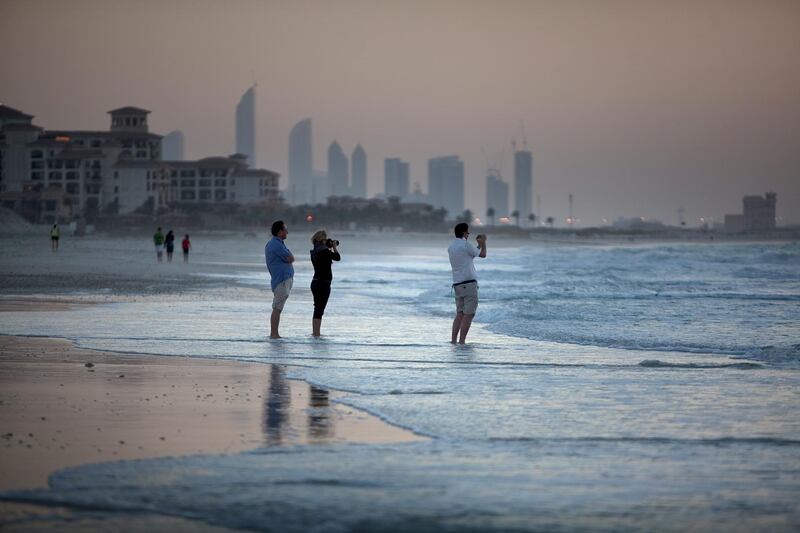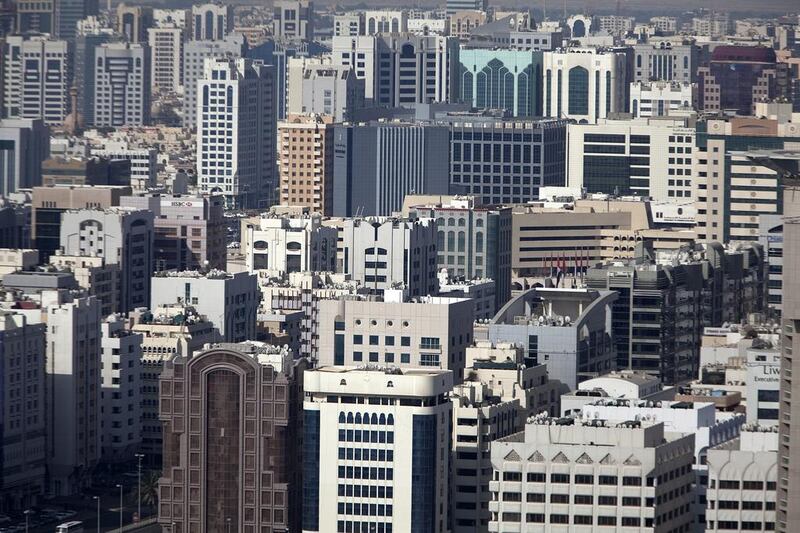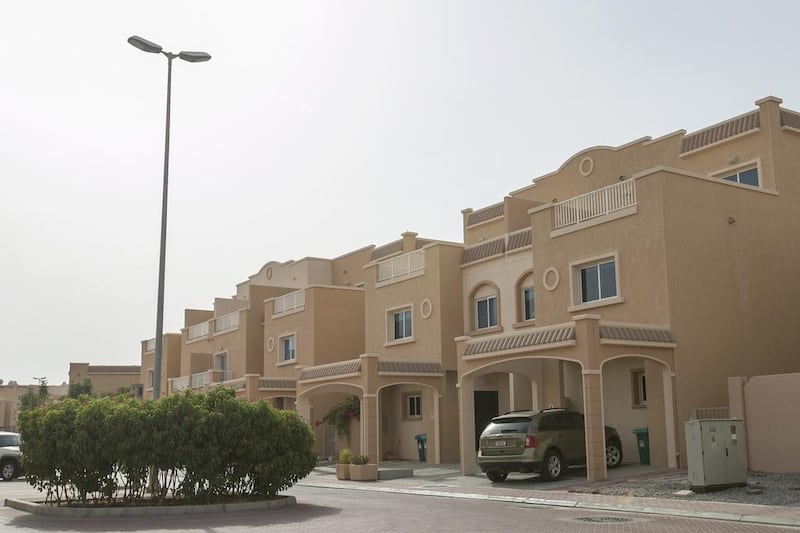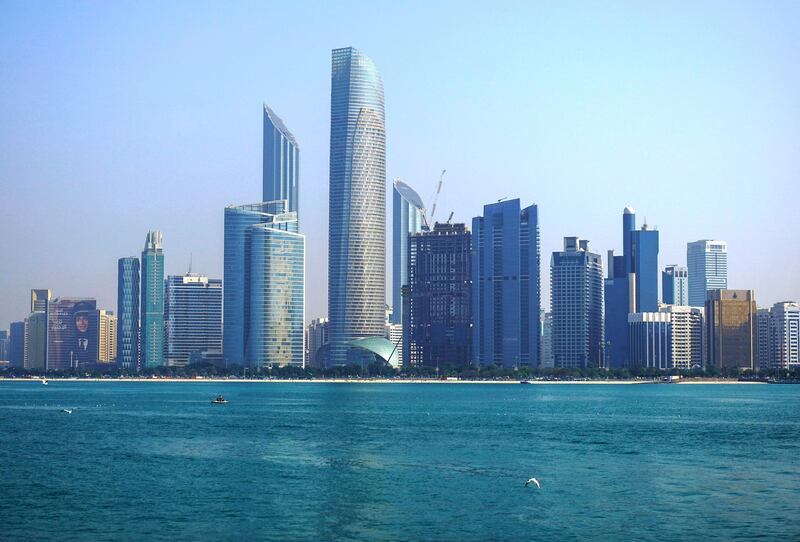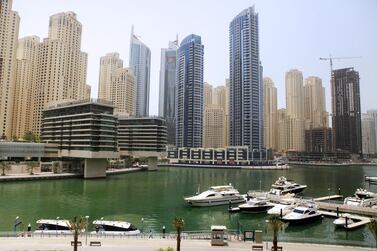Own up. Who trawls through the rental listings to see how much their previous property is going for now?
If you are a tenant in Abu Dhabi, the chances are that if you have moved in the past couple of years, your old place is now a lot cheaper than it was when you lived there.
Using this writer as an example, the apartment I resided in until 2017 is now being advertised at Dh40,000 a year less than the last price I paid.
For many tenants, the blow of seeing previous haunts at much lower rents has been softened by being able to pay comparatively low amounts wherever you reside now - but that is the nature of market cycles.
For long term residents in the capital, it has been a rental roller-coaster during the past decade.
Going back to 2008, a one-bedroom apartment was significantly more expensive in Abu Dhabi compared to Dubai – an average of Dh165,000, compared to Dh115,000. This resulted in many workers living in Dubai and commuting to Abu Dhabi.
The global financial crisis in 2009 brought rents tumbling across the country, and for Abu Dhabi they continued falling until 2013 when sentiment really picked up and tenants looked to move into neighbourhoods with new stock.
The period 2014-2015 saw further rent rises for tenants as limited supply was challenged by burgeoning demand amid a strengthening economy.
However, the drop in oil prices and launches of new residential projects across the city saw rents begin to decline in 2016 and they have continued to do so since.
Which areas of Abu Dhabi have seen significant rental changes?
Nearly all areas finished 2019 with average rates lower than in 2012 (before they started rising again). But there are two locations which buck the trend.
The first is villas on Saadiyat Island which, according to property services company Asteco, were renting for Dh450,000 last year for a five-bedroom villa, whereas between 2012 and 2014 they were renting at an average of Dh400,000.
It is a similar case for apartments at Khalifa City A and Mohamed bin Zayed City amid improved infrastructure in these neighbourhoods on the outskirts of the city.
For others, such as the popular Reem Island and Al Raha Beach, rates have fallen back below 2011 levels when a two-bedroom apartment cost Dh145,000 and Dh130,000.
What is the outlook for 2020?
Further rental falls are expected but the market could be stabilising.
Chestertons, in its Abu Dhabi Market Report for Q4, 2019, said rates were down 1 per cent for apartments and 2 per cent for villas quarter-on-quarter.
"Following a sustained period of falling capital values and declining rents, Abu Dhabi’s real estate sector is showing signs of positive sentiment", it said.
"Going forward, we believe it is unlikely there will be the same prolonged period of price decreases as witnessed in the past five years.

"This is a result of favourable supply and demand dynamics as well as the introduction of a number of radical government reforms. These reforms include allowing foreign nationals to own freehold property in designated zones, plus the introduction of long-term residency permits and new business licenses, all of which are expected to support future growth in Abu Dhabi’s real estate sector."
Asteco, meanwhile, said tenants can expect to receive discounted rates, incentives and flexible payments from landlords with approximately 10,500 new units anticipated for completion this year – mostly at Al Raha Beach and Reem Island.
Knight Frank, in its UAE Market Review and Forecast, put the supply level for 2019 at an estimated 6,586 units and said that while the market was "subdued" we are "witnessing a moderation in price and rental rate declines".
